Wedding Submission Guide to Getting Featured
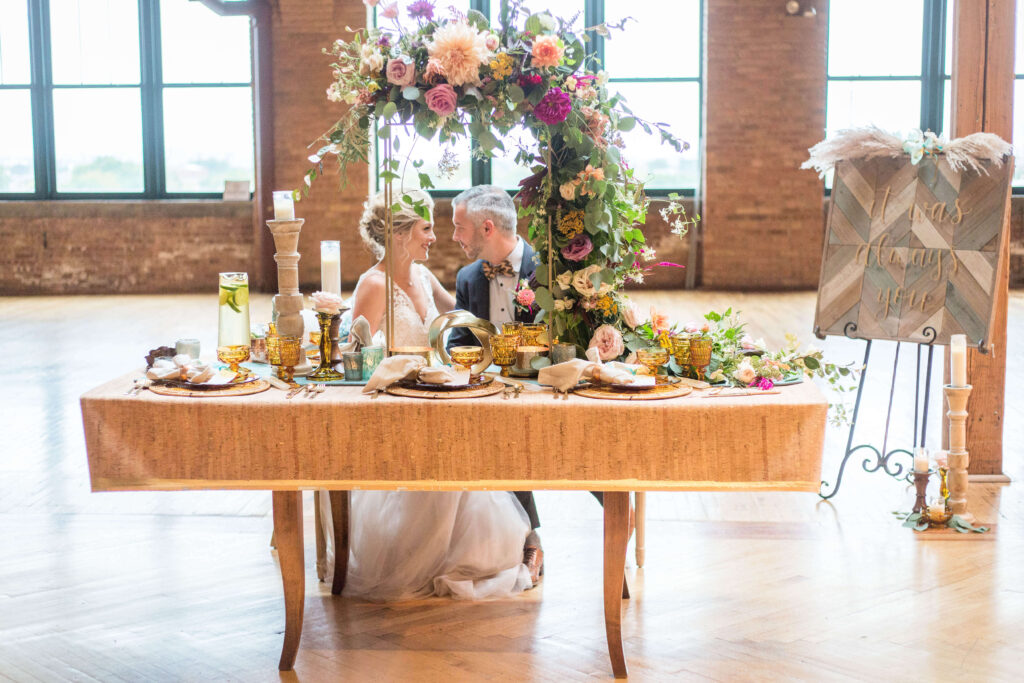
Are you ready to see your stunning weddings in top bridal magazines? Submitting weddings for publication can be a game-changer for wedding professionals, helping you attract dream clients, elevate your brand, and build powerful industry connections. However, the process of bridal magazine submissions can feel overwhelming if you don’t know where to start. That’s why I’ve created this guide to walk you through the entire process step by step.
In this blog, we’ll cover:
- Why getting featured in bridal magazines is crucial for your wedding business.
- Who can submit weddings and the role of different vendors in the process.
- Tips to ensure all vendors get the credit they deserve.
- Understanding copyright and securing permissions for your submissions.
- How to track your submissions to stay organized and increase success rates.
- What to do after your work has been published to maximize its impact.
By the end, you’ll feel confident and ready to tackle bridal magazine submissions with a clear strategy!
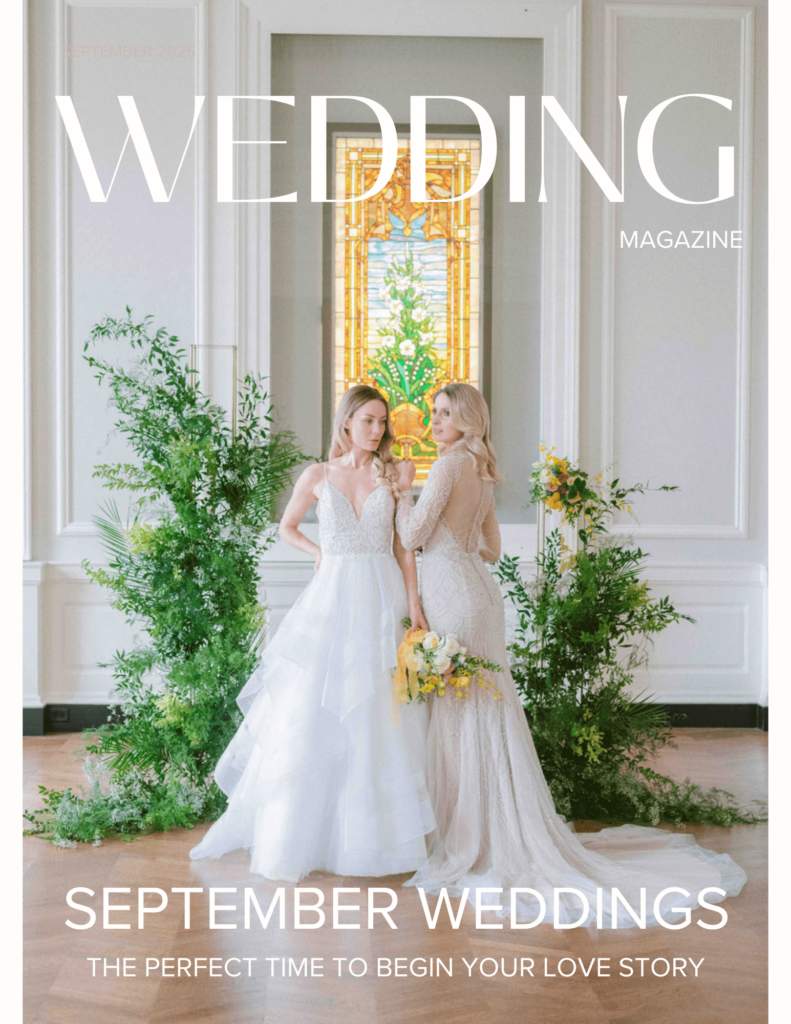
Why Bridal Magazine Submissions Are a Game-Changer for Your
Attracting Your Ideal Clients
Getting your work featured in a bridal magazine or popular blog significantly boosts your visibility to engaged couples actively seeking inspiration. These features position you as an expert in the wedding industry, helping you stand out from competitors and connect with your ideal clients.
Enhancing Your Portfolio
A feature in a bridal magazine submission showcases your best work in a curated, polished format. This not only strengthens your portfolio but also gives you high-quality content to share on your website, social media, and marketing materials.
Expanding Your Reach
Being featured in a magazine allows your work to be seen by a larger audience, including people who may not have discovered your business otherwise. Publications often have a loyal readership that trusts their recommendations, making them an excellent platform to introduce your brand to new potential clients.
Establishing Credibility as a Wedding Professional
As highlighted in ABC Wedding Planners’ blog, submitting real weddings for publication solidifies your reputation as a trusted professional. Seeing your work in a respected magazine shows potential clients that your expertise is valued and recognized within the industry.
Building Industry Relationships
Submitting weddings is about more than showcasing beautiful events—it’s a powerful way to collaborate with vendors and create lasting partnerships. Recognizing and celebrating the contributions of others not only fosters goodwill but can also lead to referrals and new opportunities.
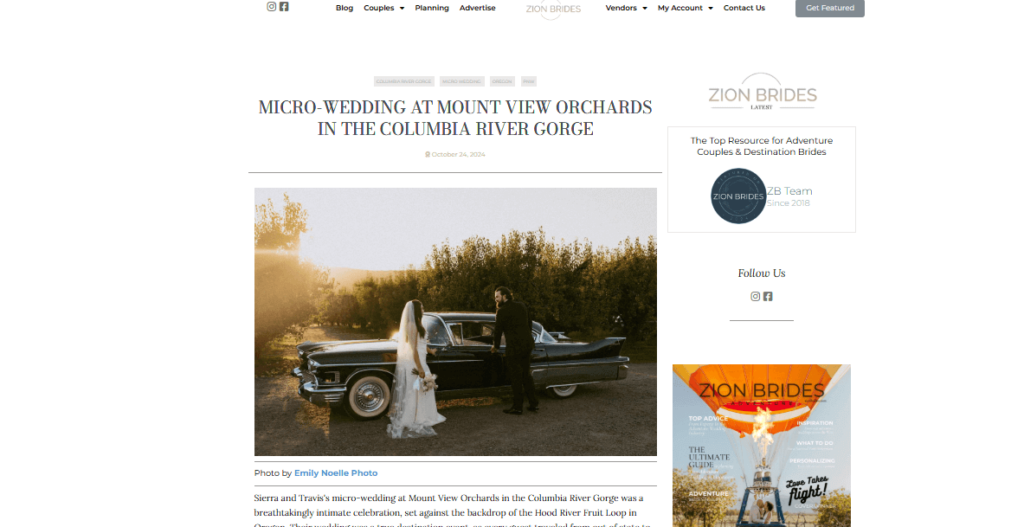
Is My Real Wedding Submission Worthy?
Not every wedding is a fit for bridal magazine submissions, and that’s okay! Publications look for unique, visually stunning weddings that inspire their audience. Here’s how to evaluate whether your real wedding is ready for submission:
1. Showcase Unique Details
Editors love weddings with standout elements—think jaw-dropping floral arrangements, personalized decor, or culturally significant traditions. Ask yourself: What makes this wedding different from others? Highlight those details in your submission to capture their attention.
2. Professional Photography is Key
High-quality, professional images are non-negotiable for most bridal magazines. Ensure the wedding is photographed in good lighting, with attention to detail, and that there is a mix of wide shots, close-ups, and candid moments. Poor-quality photos can disqualify even the most beautiful weddings.
3. Storytelling Matters
Publications often want more than pretty pictures—they want the story behind the wedding. Include details like how the couple met, the vision for their big day, and any unique challenges they overcame. A compelling narrative paired with beautiful visuals is a winning combination.
4. Consistency in Styling
Cohesiveness is crucial. Does the wedding have a clear color palette, theme, or aesthetic? A mismatched or disorganized design might not resonate with editors who are looking for curated, editorial-quality content.
5. Check the Publication’s Style
Every magazine or blog has a unique aesthetic. Before submitting, review their recent features to ensure the wedding aligns with their preferred style. Some outlets focus on luxurious, high-budget events, while others love intimate, DIY-inspired celebrations.
6. Is It a Fresh Perspective?
Editors value fresh ideas and unique perspectives that inspire their readers. Consider whether this wedding offers something new, whether it’s an unexpected location, innovative design, or heartfelt moments that break the mold.
7. Vendor Collaboration and Credit
Ensure all vendors involved in the wedding are on board with the submission. Their work contributes to the overall aesthetic and story, so giving proper credit and including their input enhances the quality of your submission.
For additional insights and a deeper dive into assessing your real wedding’s submission potential, check out this guide from OFD Consulting.
Final Tip: Ask for Feedback
If you’re unsure whether a wedding is submission-worthy, ask trusted colleagues or even the photographer for their perspective. Sometimes, a fresh set of eyes can help identify elements that elevate the wedding to publication standards.

Navigating Copyright and Permissions for Bridal Magazine Submissions
Understanding Copyright
Copyright law protects photographers’ creative work, granting them exclusive rights to reproduce, distribute, and display their images. This means photographers maintain ownership of the photos they capture, even after delivering them to clients. For bridal magazine submissions, understanding these rights is essential to avoid legal complications.
Photographers’ Rights
Photographers should include clear copyright clauses in their contracts, outlining how their images can be used by clients and vendors. These agreements should specify whether photos can be submitted for publication and under what conditions. For instance, a photographer may grant specific usage rights for personal use or marketing while retaining full copyright ownership.
Couples’ Rights
While couples usually receive personal use rights for their wedding photos, such as sharing on social media, they must respect the photographer’s copyright. Before submitting photos to a bridal magazine, couples should obtain explicit permission from their photographer, as the publication of images often extends beyond personal use.
Securing Permissions
Before submitting a wedding to a bridal magazine, it’s essential to:
- Obtain Written Consent from the Photographer: Ensure they agree to the use of their images for publication.
- Secure Approval from the Couple: Confirm that the couple is comfortable with their wedding being featured publicly.
- Consult with All Vendors: Double-check that other vendors are aware of and support the submission. Collaboration and transparency go a long way in maintaining positive industry relationships.
- Provide Proper Attribution: Always credit the photographer by including their name, business name, and website or social media links. This not only respects their work but also supports their professional growth.
Additional Resources
To dive deeper into copyright considerations, explore this helpful guide by the Copyright Alliance. It explains photographers’ rights in detail, including how to protect your work and navigate licensing agreements.
Disclaimer: I am not a lawyer, and this information is not legal advice. Copyright laws can vary by state and country, so it’s important to consult with your own legal professional to understand your rights and responsibilities. Before submitting anything, make sure to have open conversations with all vendors involved in the wedding and the couple to ensure everyone is on the same page about the submission process.
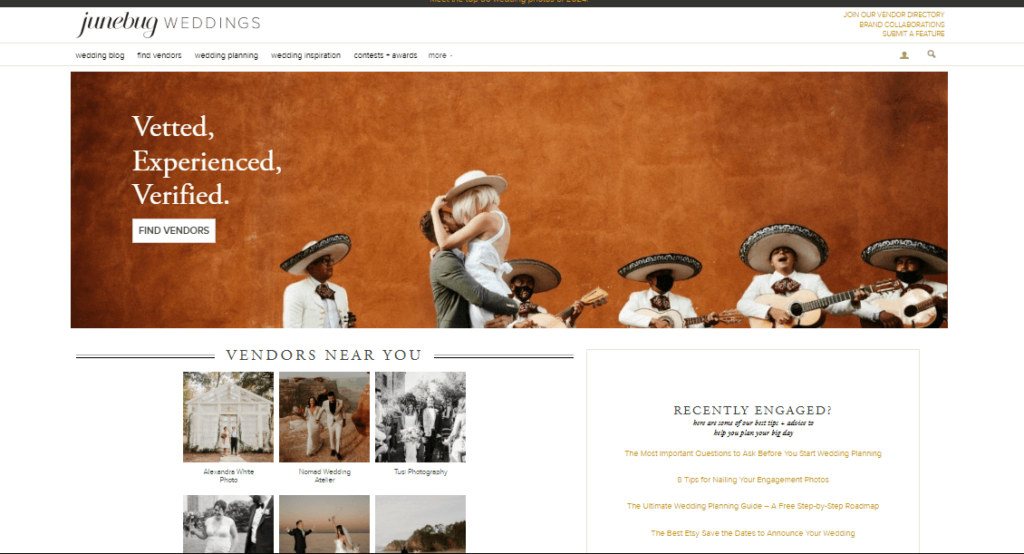
Top Wedding Magazines and Websites
Print Magazines
Martha Stewart Weddings
Known for its elegant and timeless style, Martha Stewart Weddings is a top choice for many wedding professionals. They feature a mix of real weddings, expert advice, and stunning photography.
Brides
Brides magazine is a household name in the wedding industry. They feature a wide range of weddings, from intimate elopements to grand celebrations, making it an excellent platform for diverse styles.
The Knot
The Knot is one of the most well-known wedding brands. Their magazine features real weddings, planning tips, and vendor spotlights, making it a great choice for getting your work seen by a broad audience.
Online Blogs
Style Me Pretty
Style Me Pretty is a leading wedding blog known for its beautiful photography and curated content. They accept submissions from photographers, planners, and other vendors, focusing on chic, stylish weddings.
Wedding Chicks
Wedding Chicks features a mix of real weddings, DIY projects, and bridal fashion. Their approachable style and extensive audience make it an excellent platform for showcasing your work.
Green Wedding Shoes
Green Wedding Shoes is known for its creative and non-traditional approach to weddings. They feature unique and artistic weddings, making it a perfect fit for those with a more unconventional style.
LGBTQ+ Publications
Equally Wed
Equally Wed known as the leading LGBTQ+ wedding magazine that celebrates love and diversity. They feature real weddings, engagement stories, and expert advice, making it an excellent platform for LGBTQ+ couples and vendors.
Love Inc.
Love Inc. is an inclusive wedding magazine that features content for all couples. They celebrate equality and diversity, offering a welcoming space for LGBTQ+ wedding submissions.
Dancing With Her
Dancing With Her is an international publication dedicated to celebrating LGBTQ+ women in love. They feature real weddings, elopements, and engagements, providing a supportive platform for LGBTQ+ couples.
International Publications
Junebug Weddings
Junebug Weddings is an internationally recognized blog that features stunning photography and unique wedding stories worldwide. It accepts submissions from both wedding professionals and couples; moreover, it provides a platform for showcasing diverse perspectives and ideas.
Wedding Sparrow
Wedding Sparrow is a fine art blog showcasing beautiful, film-inspired weddings. They feature work from international photographers and vendors, making it a great platform for global submissions.
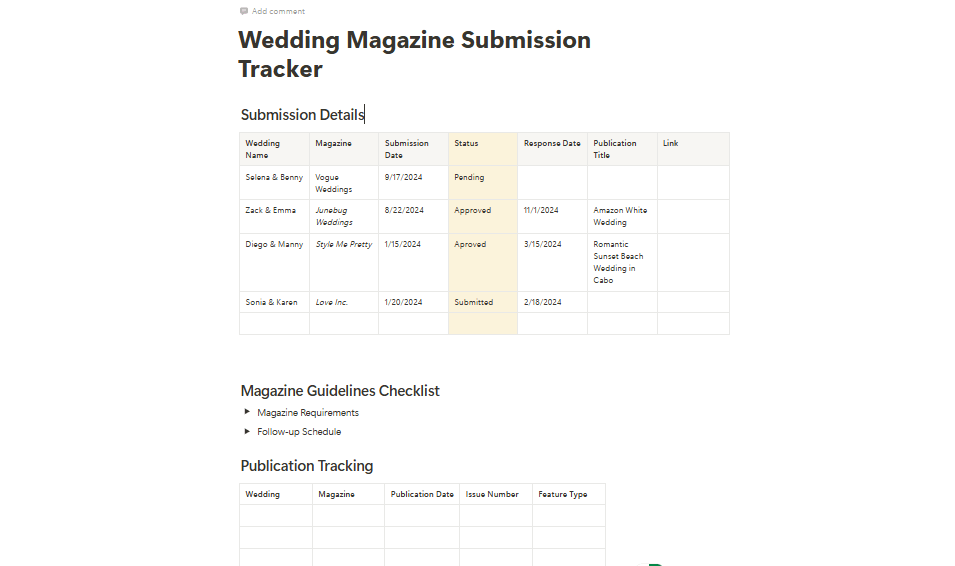
How to Track and Organize Your Bridal Magazine Submissions
- Create a Submission Tracker: Use a spreadsheet or project management tool to record publication details, submission dates, and statuses.
- Set Follow-Up Reminders: Follow up on pending submissions to stay top-of-mind with editors.
- Monitor Publication Themes: Align your submissions with seasonal or themed issues to increase chances of acceptance.
- Record Feedback: Use constructive criticism from rejected submissions to improve future efforts.
What to Do After Being Published
Congratulations! You’ve made it into print or online, and now it’s time to leverage your success to its fullest potential. Here’s a step-by-step guide on what to do next:
Share on Social Media
First things first: spread the word! Share your published work across all your social media platforms. Tag the publication and every vendor involved to maximize your reach and boost engagement. By doing so, not only do you amplify your visibility, but you also shine a light on the contributions of your collaborators, creating a win-win situation for everyone.
Update Your Portfolio
Next, don’t forget to update your portfolio. Make sure to feature the publication prominently, especially if it’s a well-known magazine or a respected blog. This addition will bolster your credibility and make a strong impression on potential clients who are looking for proven expertise.
Send Thank You Notes
Gratitude goes a long way! Send personalized thank-you notes to both the publication and all the vendors who played a role in the feature. Expressing your appreciation not only fosters positive relationships but also paves the way for future collaborations. A little thank you can open doors to even more exciting opportunities down the road.
Leverage the Feature in Marketing
Harness the power of your feature to supercharge your marketing efforts. Mention the feature in your newsletters, and consider blogging about the experience to engage your audience. Highlighting these successes during client consultations can further bolster your reputation. Using the phrase “As seen in…” on your website and marketing materials can significantly enhance your appeal to potential clients, making your services even more attractive.

Turn Your Wedding Submissions Into Features with Expert Help
Feeling overwhelmed by the process of getting your weddings published? That’s where I come in. With my Publication Submission Services, I take care of everything mentioned in this guide—from evaluating if a wedding is submission-worthy to crafting compelling stories, giving proper credit to vendors, and securing permissions. I’ll even track your submissions and follow up with editors on your behalf.
One of the biggest challenges wedding professionals face is finding the right publications to pitch. With my curated list of over 100 wedding magazines and blogs, I’ll ensure your work is sent to the platforms that align best with your style and ideal clients. Whether it’s a high-end bridal magazine or a trend-focused blog, I’ll help you position your weddings for maximum visibility.
Imagine This:
Your stunning work featured in the pages of a prestigious bridal magazine or on a popular wedding blog. The exposure not only enhances your credibility but also attracts the dream clients you’ve been looking for. Plus, with my services, you’ll save time and stress, knowing every detail is handled with care.
Let’s Get Your Work Featured!
If you’re ready to see your weddings published and your business grow, let’s chat! Book a call with me today to discuss how my Publication Submission Services can get your work featured in top wedding publications.
We make your systems and workflows easy breezy by working with you to create tailored, strategic solutions that save you time and make you money.
Ready to have someone streamline your systems?
Leave a Reply Cancel reply
© 2021-2025 BODA BLISS LLC. ALL RIGHTS RESERVED.
PRIVACY STATEMENT
Marketing Operations & Systems Setup for Wedding Professionals
Brand Photography by Lisa Kathan Photography
TERMS & CONDITIONS
Branding and Website Design by Emily Foster Creative